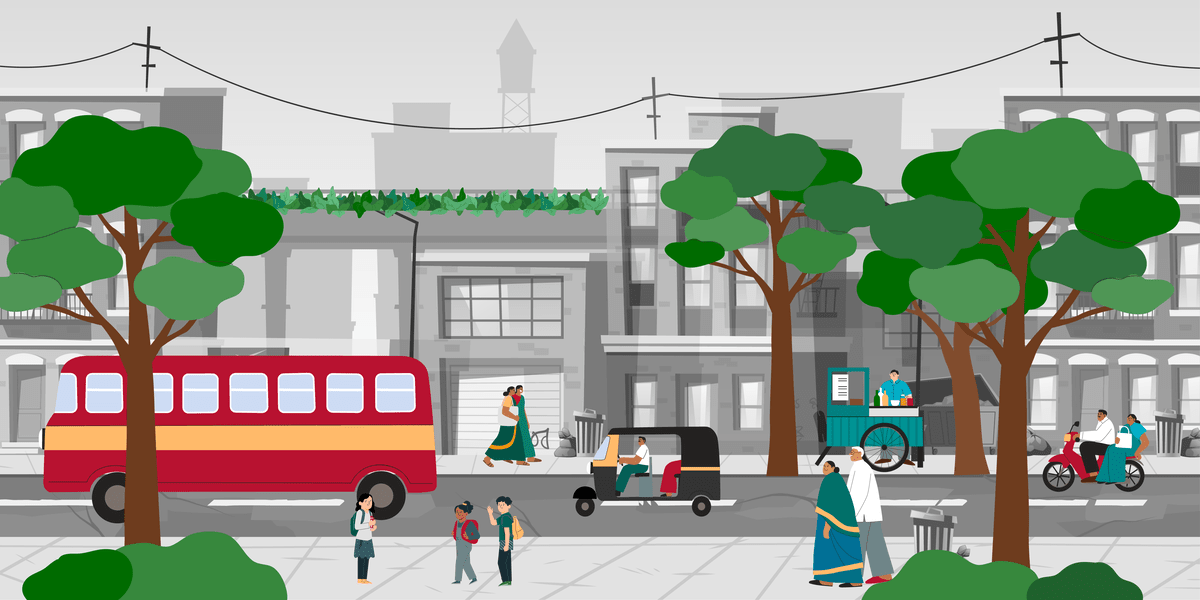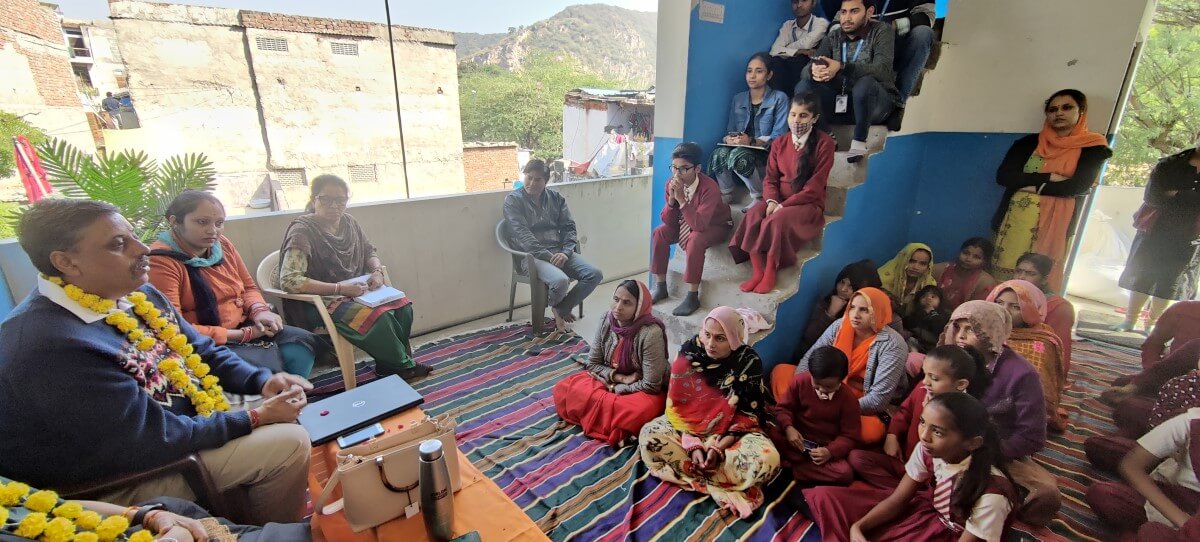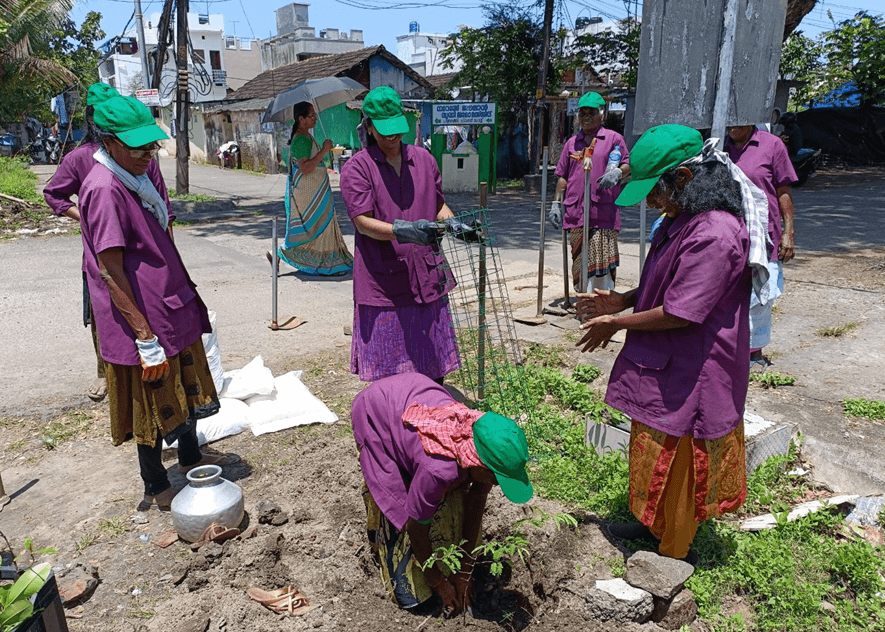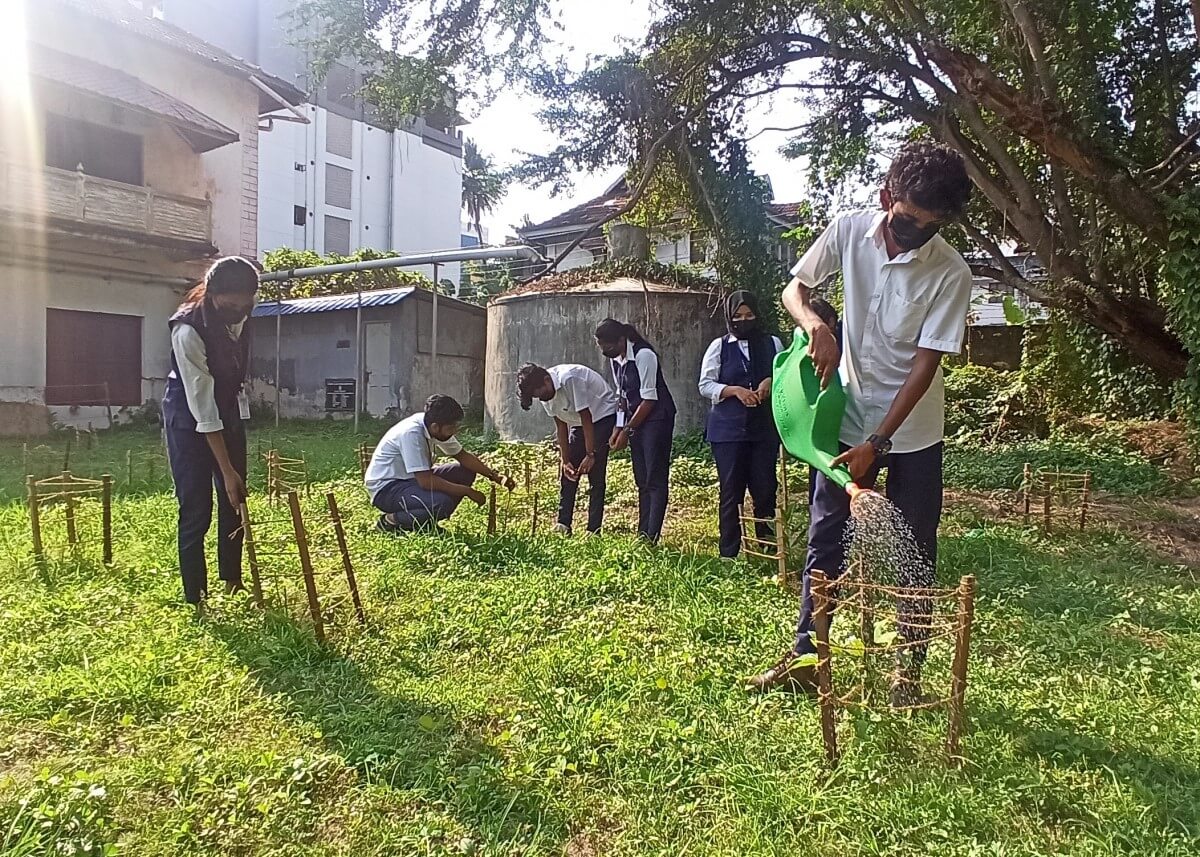
Whether one seeks an escape from Delhi’s scorching summer heat or a winter afternoon basking in the sun, Sanjay Van National Park, one of the city’s few surviving urban forests, comes to mind. Mangalavanam in Kochi or Shalimar Bagh in Srinagar evokes a similar sentiment in residents of these cities.
Trees, parks and urban forests are essential to cities not just as spaces of community building, but they also offer multiple ecological benefits, from building resilience against climate change to water security, biodiversity, resident health and well-being. Adequate green cover and various forms of green built environment, including nature-based solutions, improve the quality of urban life. It is estimated that if natural climate solutions are mobilized over the next 10 to 15 years, coupled with a reduction in fossil fuel emissions, they could provide 37% of the mitigation required for global climate targets.

The Cities4Forests global initiative defines an urban forest as the trees and shrubs in an urban area, including trees in yards, along streets and utility corridors, in protected areas and in watersheds. This includes individual trees, street trees, green spaces with trees and even the associated vegetation and the soil beneath the trees.
In cities, urban vegetation along with other blue-green infrastructure helps to mitigate climate risks like heat islands and urban floods, enhance urban resilience and ensure sustainability. They also play an important role in creating natural recreational spaces, mitigating dust pollution, reducing noise, creating green jobs and conserving topsoil.
Over the last decade, the central government in India has been working towards improving the green cover in cities. But planting trees continues to be seen as a cost rather than an asset. Success metrics for urban forestry is defined by planting rather than maintenance, and funding is usually inadequate because the financial returns from trees are simplified based on material revenue rather than returns in the form of ecosystem services. Such challenges prevent cities from raising the necessary public capital and participation to grow more urban forests.
The Urban Forest scheme, launched in 2020 to create nagar vans (urban forests), supports the extension of the green cover in cities. Instances of collective action to this end also exist in cities such as Chennai, Gurugram, Delhi and Kochi. But extensive conservation, promotion and addition of green cover continues to require concentrated and consistent efforts. We have identified three key actions for trees and forests to thrive and result in more livable cities for us all:
1. Engaging with Communities and Local Leaders
Often overlooked, this is one of the most vital elements for the sustenance of any on-ground intervention. Stakeholders in the neighborhood need consistent support and repeated assurances about the benefits of urban forests and it should be ensured that residents, local champions and community leaders are included in co-designing and developing the space so that what is developed is based on what is required in their neighborhoods.

2. Embracing Action Through Institutional Partnerships
In urban areas, assisted planting of trees requires care since saplings need to adjust to the ambient temperature, pollution and biodiversity. Institutional partnerships can play an important role in making this happen. For example, through our sustained efforts under the Cities4Forests global initiative, we enabled the city of Kochi to effectively strategize a partnership with the Local Self Government Department of Kerala and utilize the Ayyankali Scheme (an urban employment mission for non-skilled laborers) to ensure the nurturing of four neighborhood greening sites over a period of three years. The employment of local workers in maintaining the Kawaki sites, in particular the inclusion of women laborers and self-help group (SHG) members, reveals a significant shift towards resilience-building and shaping more inclusive climate action planning by the urban local body.

3. Ensuring and Empowering the Next Generation
Our actions today can ensure long-term preparedness for climate risks, better living environment and ecosystem balance. Urban forests are one of the ways to help maintain this balance and promoting them is imperative for our future. Sensitizing youth to the importance of trees would not only ensure the protection and maintenance of these urban forests but will also aid the transition to green jobs.

We must collectively reimagine the role trees play in our cities, not just as tools of beautification but as participants that improve urban life.
There is also an opportunity to further explore how urban forests can improve human health. But this entails safeguarding urban green spaces and preventing their conversion, enhancing forest management on working lands, using a variety of restoration techniques and planting urban forests. To better include the importance of trees in our lives, the conservation sector must recognize and promote the benefits of investing in forest protection, management and restoration as a prime method to restore our earth to its natural environment. As we look back on World Earth Day, let’s remember that rigorous collaboration, shared vision and action across various stakeholders is critical to ensure that “we invest in our planet” for a better tomorrow. Along with the recommendations discussed in this blog, such collaborative action can help create healthier and more resilient cities for our coming generations.
This article originally appeared on WRI-India.org
Priya Narayanan is Program Manager – Urban Forestry & Urban Development at WRI India.
Linda Regi is Program Associate – Geo Analytics with WRI India’s Sustainable Cities and Transport program.
Achu R. Sekhar is Program Manager – Urban Planning and Disaster Resilience with WRI India’s Sustainable Cities and Transport program.





